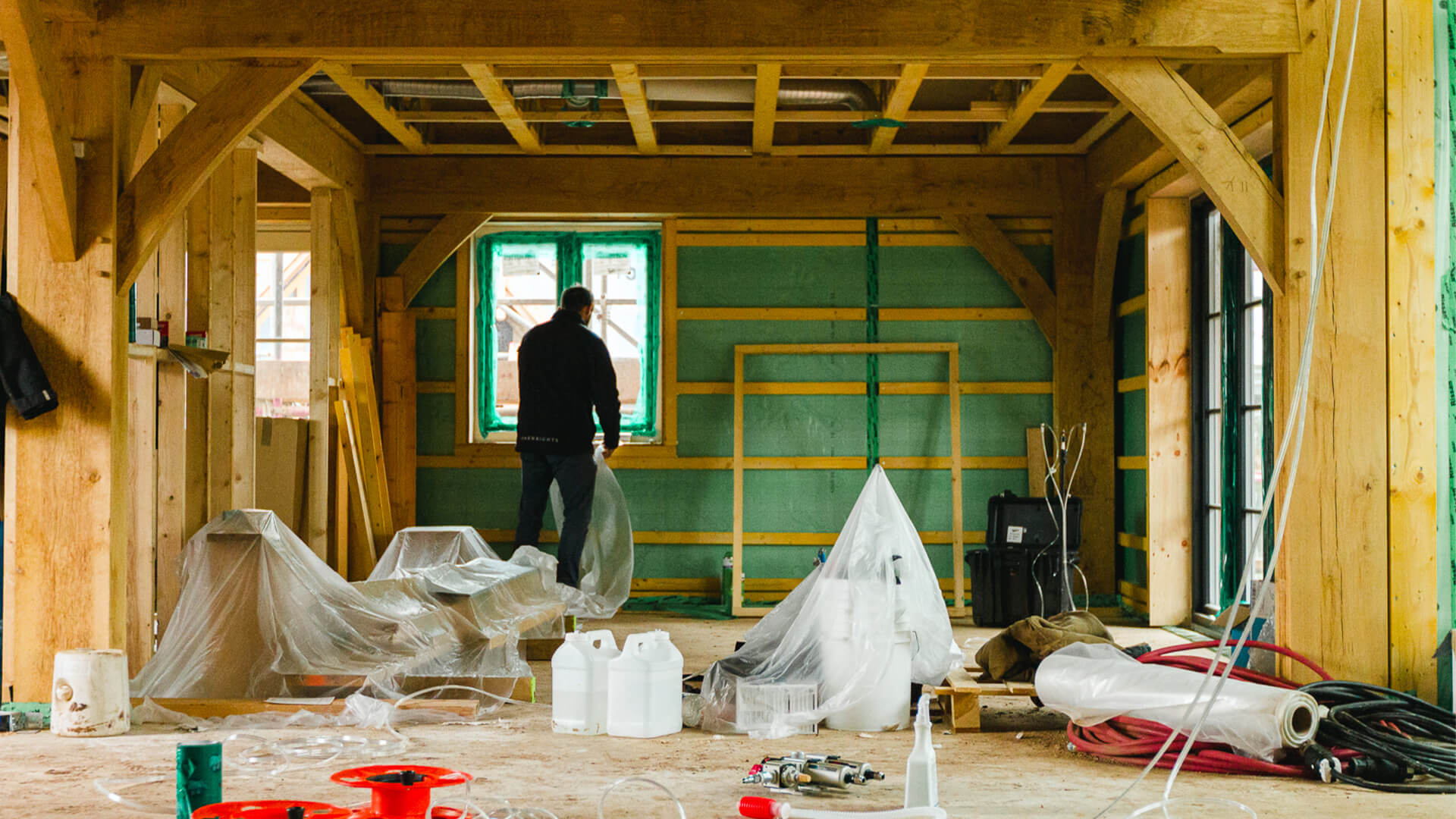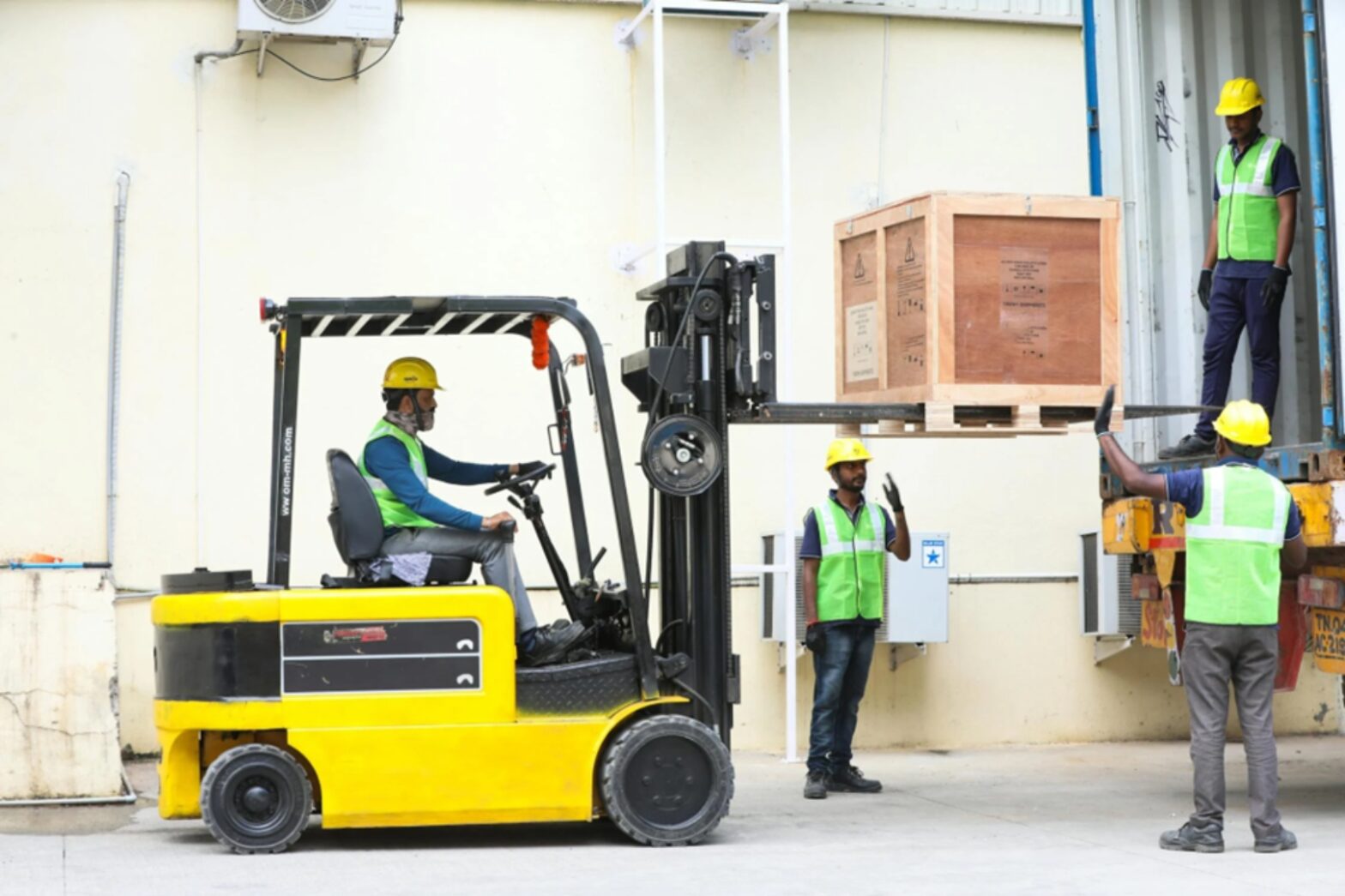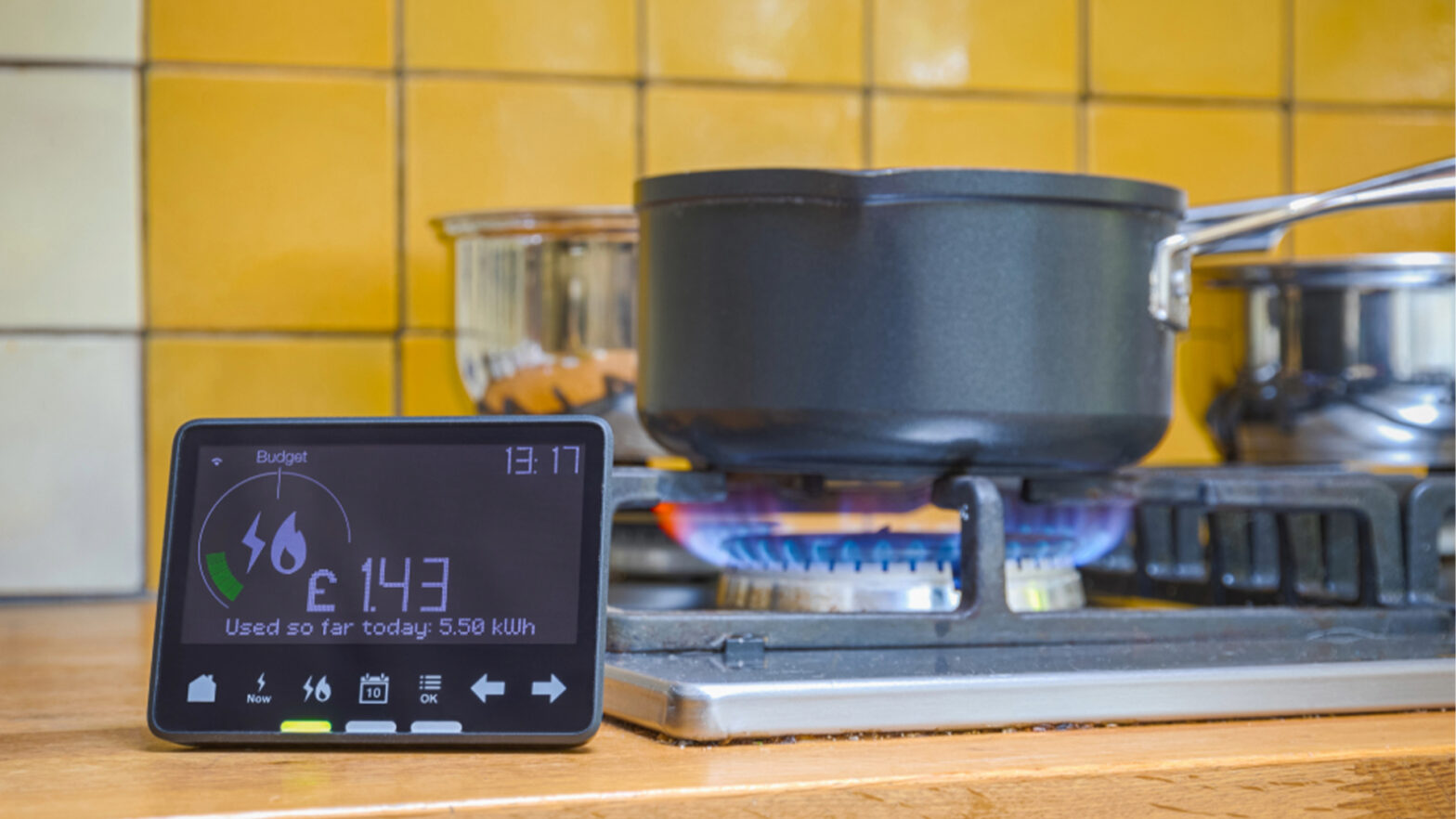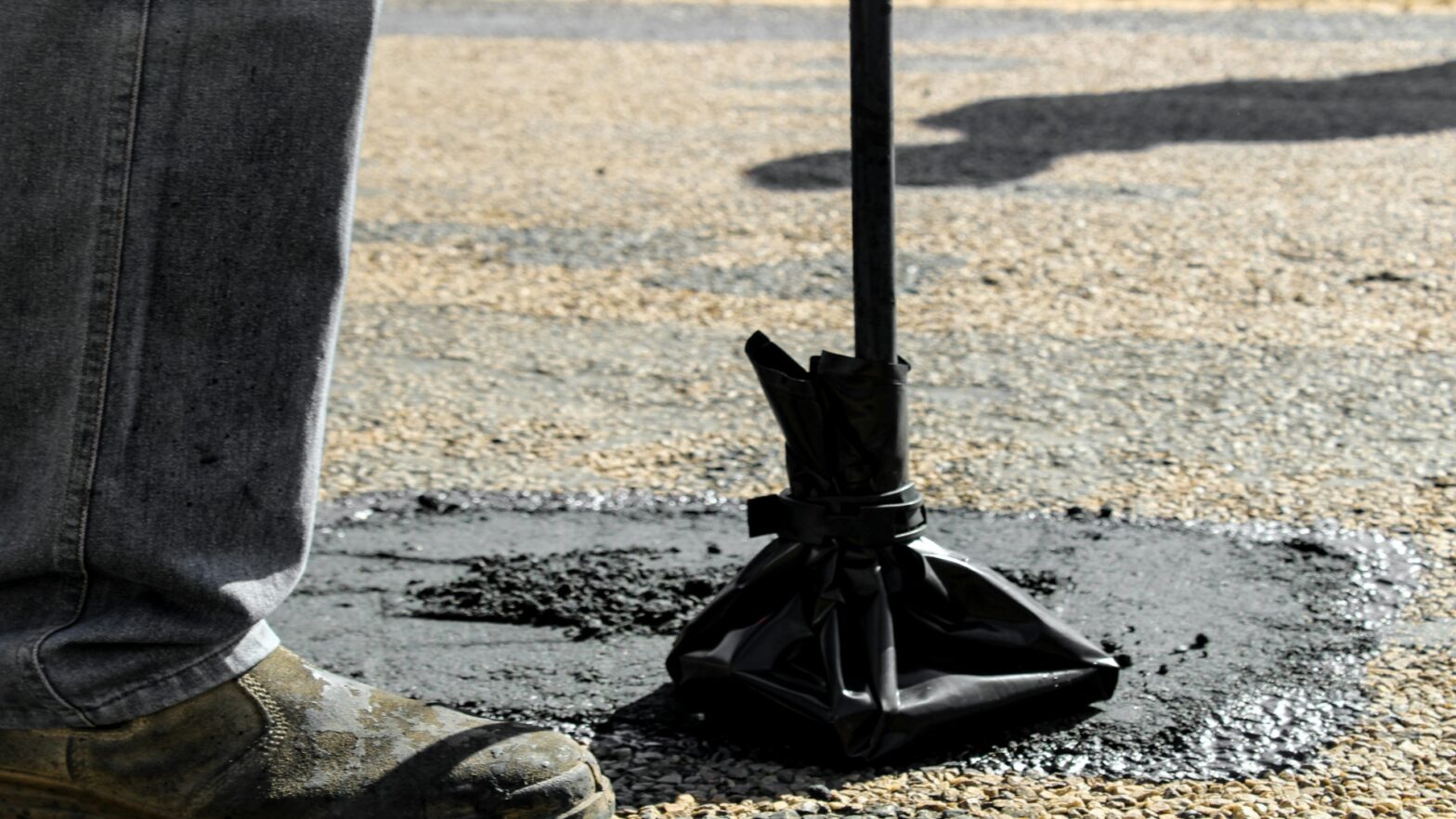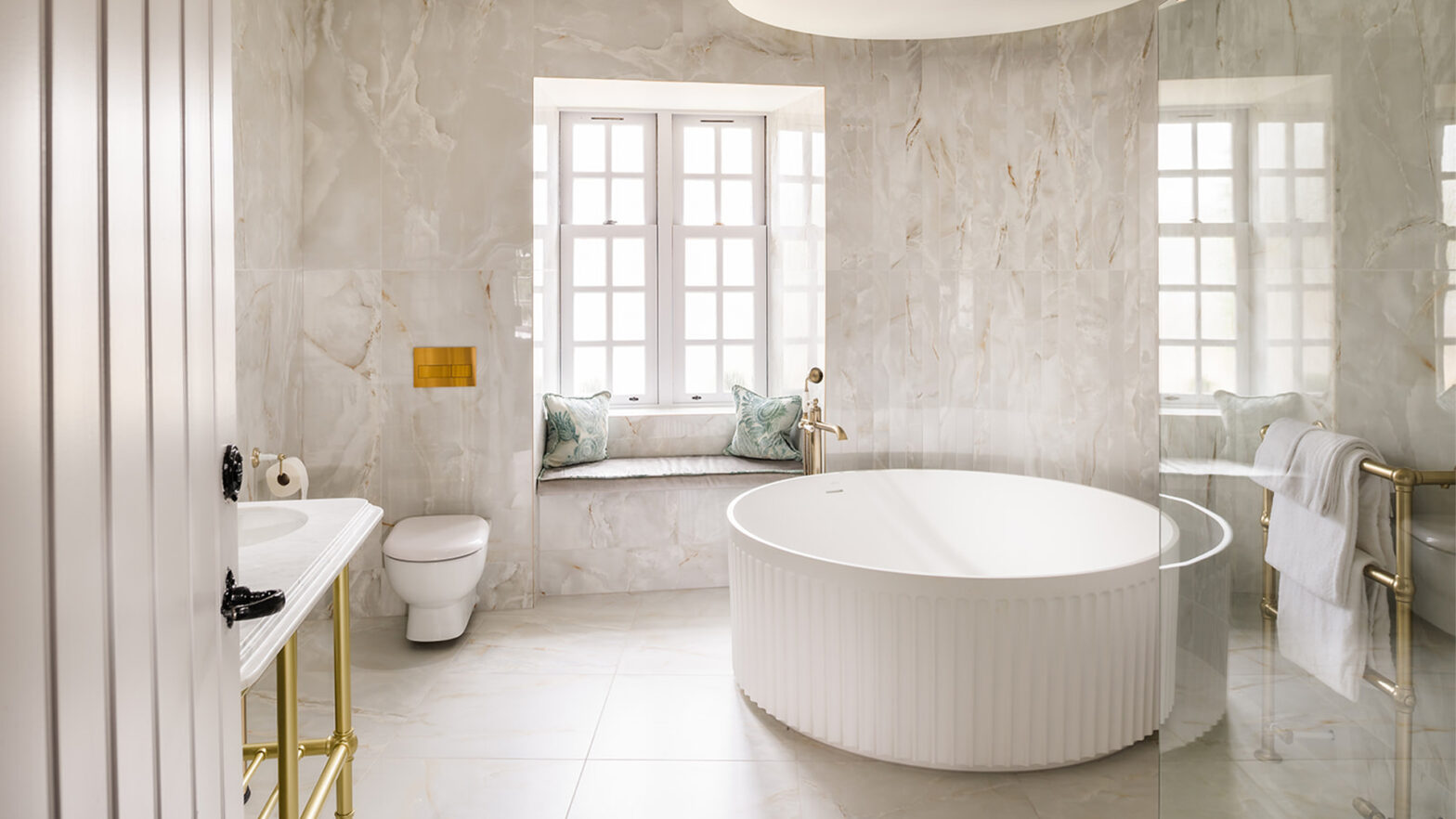Britain’s drive towards more energy-efficient homes has shone a spotlight on the question vexing many buyers: Just how healthy are those homes?
Air tightness and how to achieve it has become a major issue for housebuilders as regulations get tighter to cut energy waste and CO2 emissions.
With the UK having some of the oldest and leakiest housing stock in Western Europe, accounting for up to 30 percent of our energy use according to some reports, the push is justifiable.
But it hasn’t stopped doubters expressing concern over whether older, draughtier homes allowing air in through cracks in the building’s fabric are better for occupiers than a newbuild sealed up to a specified level.
“The answer is a resounding no,” says Hugh Franklin of AeroBarrierUK, an innovative new high-tech system that guarantees levels of air tightness in homes. “Newbuilds sealed correctly are by far and away the better option when it comes to the health of those living there.
Mechanical ventilation
“The key is to understand the difference between controlled and uncontrolled ventilation. The former ranges from extractor fans all the way up to mechanical ventilation with heat recovery; the second involves trickle vents, leaving windows open or just about anywhere there is a crack or gap that lets in air.”
The problem is that with uncontrolled ventilation in older homes, the air travels across a multitude of materials that can pollute the air inside. Walls contain all sorts of things, from dust to mites to fibreglass. When you add in the issues of penetrating water causing damp and mould, the problems mount up.
Leaving a window open for ventilation can then allow car fumes among other pollutants to enter the home.
Damp conditions caused by inadequate ventilation can have tragic consequences, illustrated by the death of two-year-old Awaab Ishack, who suffered a cardiac arrest following respiratory illness caused by mould in a Rochdale flat in 2020.
One further issue adds to the confusion: The term ‘breathable,’ when applied to housing. Many people believe older houses are more ‘breathable’ because they have more gaps in the structure where air can get in.
Breathability refers, however, to moisture, specifically the speed at which vapour passes through a particular material or construction.
It is often confused with air permeability, or air leakage, the uncontrolled movement of air (draughts) through joints and cracks.
The first can lead to a host of problems for occupiers, from mould and dust mites to aggravating conditions like asthma. The latter, air leakage, is the area in which new innovations are proving both an energy-saving and health boon.
Mist of particles
Traditionally caulk, tape or foam has been used to seal new builds before testing the air tightness but that takes a lot of time. AeroBarrier, on the other hand, is at the forefront of the movement towards high-tech solutions, using a mist of particles that can plug 100% of all gaps in just a few hours.
Widely used across tens of thousands of homes in the U.S. and Canada, it has now been launched exclusively in Britain by Oakwrights, a timber home constructor. An operator with a laptop controls the level of air tightness seal required by the contractor so they can achieve – when ventilation methods are taken into consideration – the required certification.
“We can guarantee any level of seal, depending on the contractor’s requirements,” explained Hugh. “Combine that with proper ventilation and modern building materials and problems such as damp are consigned to history. It’s a game changer.”
Confidence in air tightness
The built environment accounts for roughly 40% of UK greenhouse gas emissions, with around 14% of this coming from the 28 million homes in the UK, according to the Climate Change Committee. The Future Homes Standard is designed to bring these levels down.
The government hopes the standard will go some way towards tackling climate change, and act as a roadmap for the industry and homeowners to reach its net zero target for 2050.
With hi-tech sealing solutions such as AeroBarrier working in tandem with efficient systems of ventilation, Britain will make healthy inroads towards that goal.
Find out more about AeroBarrierUK technology here: https://www.aerobarrieruk.co.uk/how-it-works












